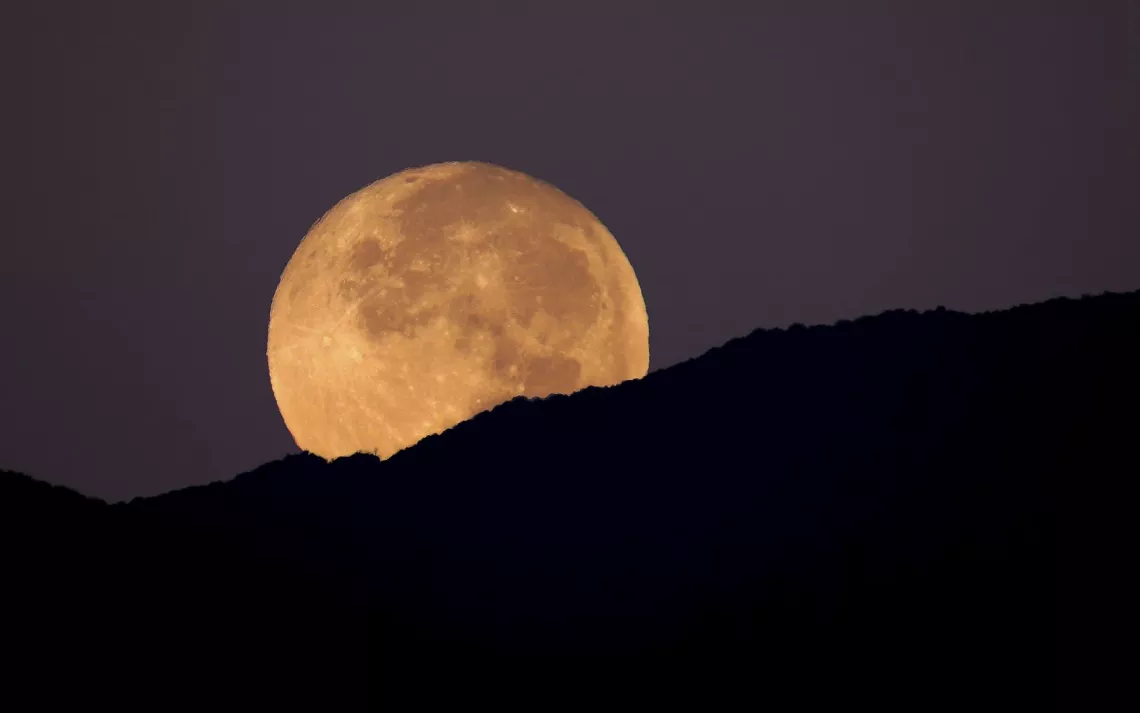Four Astronomical Highlights to Watch in November

November has the largest full moon of the year. | Photo by CochiseVista/iStock
The Supermoon
The full moon in November will be super-size, the largest of 2016. “Supermoon” is a recently coined term for when the moon is full and at perigee—its closest point to the earth in its elliptical orbit. Perigee will take place on November 14 when the moon passes about 356,000 km from our planet. The full moon peaks less than three hours later, wowing viewers and causing larger than normal tides along the coast.
Meteor Showers
Three minor meteor showers—the South Taurids, North Taurids, and Leonids—occur in November. If you’re a night owl, you may spot some fireballs around midnight between November 4 and 5 from the South Taurids, and some slow-moving bright meteors around midnight on November 11 and 12 from the North Taurids. The Leonid meteor shower is better for early birds who are up an hour or more before sunrise on November 17.
A Canopy of Stars
We’ll all feel like night owls once the clock changes back to Standard Time on November 6. For many in the United States, the sun will set before 5 P.M. Let’s face it: The long hours of darkness can be gloomy. But instead of hiding under the covers, bundle up and step outside to look at the brilliant sky of late fall. The crisp air will revive you, as will the clear view of stars more than a thousand light-years away. Look to the northeast to see the Capella star flashing and flaming. This vibrant beacon is a mere 42 light-years away.
Planets on the Move
In the beginning of November, Venus mingles brightly with Saturn in the southwestern sky. A crescent moon will pass the two planets from November 1 to 3 and then scoot to the south, passing in the vicinity of Mars on November 5. By mid-month, Saturn will drop lower in the horizon, crossing paths with Mercury around November 25. Mercury will be rising away from the sun as Saturn sinks. On the last day of November, the crescent moon pops back into view in the west not far from Mercury.
 The Magazine of The Sierra Club
The Magazine of The Sierra Club







